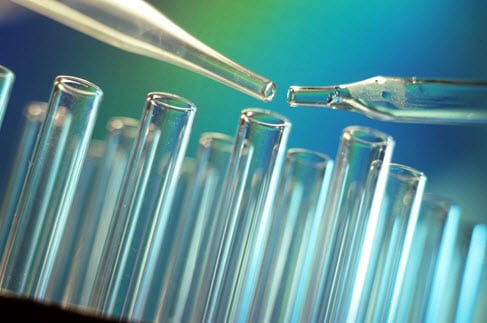Research team aims to blend hydrogen fuel with carbon dioxide
August 26, 2013Researchers come together to replicate photosynthesis
Researchers from the Joint Center for Artificial Photosynthesis at the California Institute of Technology may have found a way to produce synthetic gasoline using sunshine and water. The researchers are backed by $122 million in funds from the Department of Energy and the team is comprised of more than 120 scientists from around the country. This team is responsible for finding ways to mimic photosynthesis and produce fuels through the use of renewable resources, such as sunlight.
Researchers aim to harness the power of the sun to produce hydrogen fuel
Mimicking photosynthesis holds a great deal of promise for the renewable energy sector. Effectively replicating this natural process could unlock the way for the efficient and low-cost production of fuels for transportation and other purposes. Most efforts concerning artificial photosynthesis have to do with using sunlight to produce hydrogen fuel. Indeed, this fuel is exactly what the research team wants to produce.
 New system could produce large amounts of hydrogen and capture carbon dioxide
New system could produce large amounts of hydrogen and capture carbon dioxide
The Joint Center for Artificial Photosynthesis has been working to develop a system that is capable of generating large amounts of hydrogen fuel. This system currently makes use of an inexpensive solar panel device. Thus far, the system has been relatively successful in performing as designed. Researchers now intend to use this system to blend hydrogen fuel with carbon dioxide, hoping to produce a substance that can be used to power vehicles. Such a process could help remove excess carbon dioxide from the environment and provide the world with a low-cost hydrogen fuel production method.
System may see commercialization in the 2020’s
Researchers believe that they can reach this goal by 2025, at the latest. The initial goal of the Joint Center for Artificial Photosynthesis is to simply prove that this can be accomplished. The organization and its team of scientists will work to prove the validity and viability of their intentions over the next five years. At some point in the 2020’s, the team’s hydrogen fuel production process may see limited commercialization.

 With over 15 years of reporting hydrogen news, we are your premier source for the latest updates and insights in hydrogen and renewable energy.
With over 15 years of reporting hydrogen news, we are your premier source for the latest updates and insights in hydrogen and renewable energy.